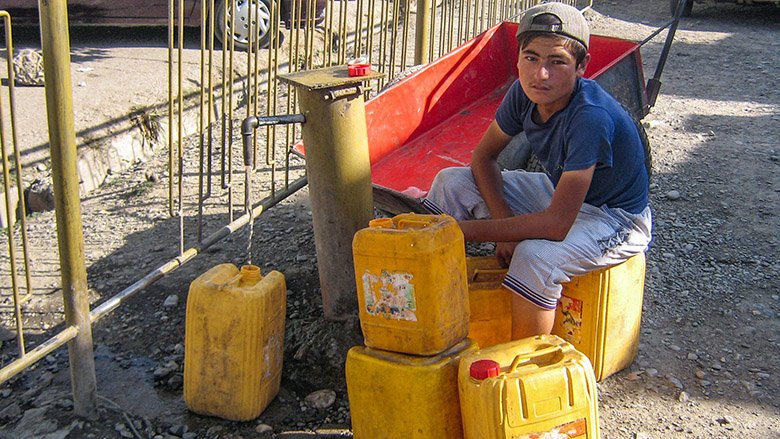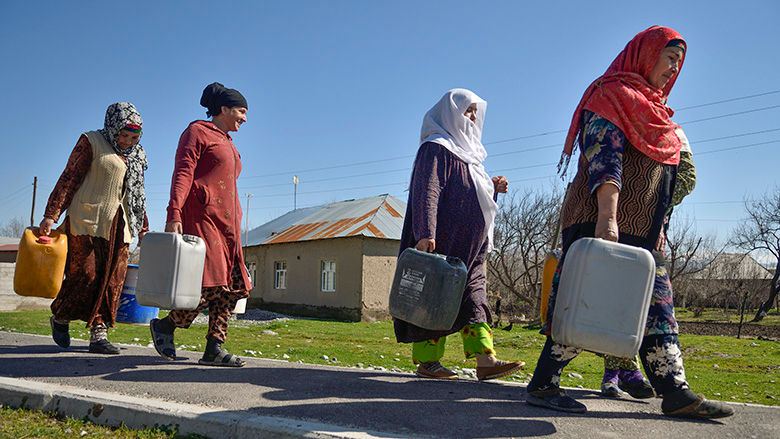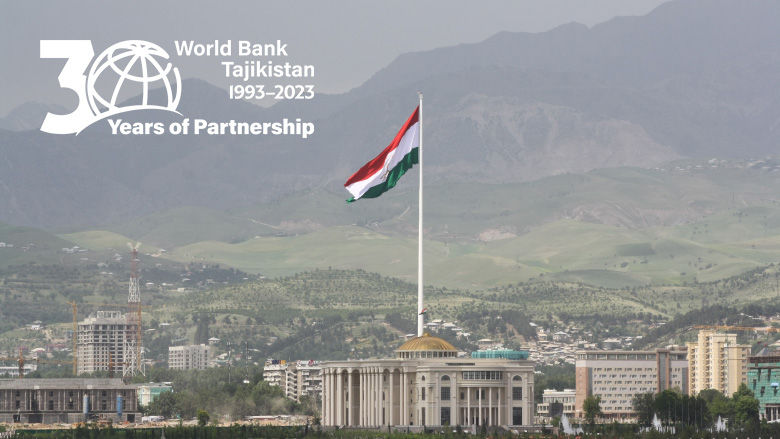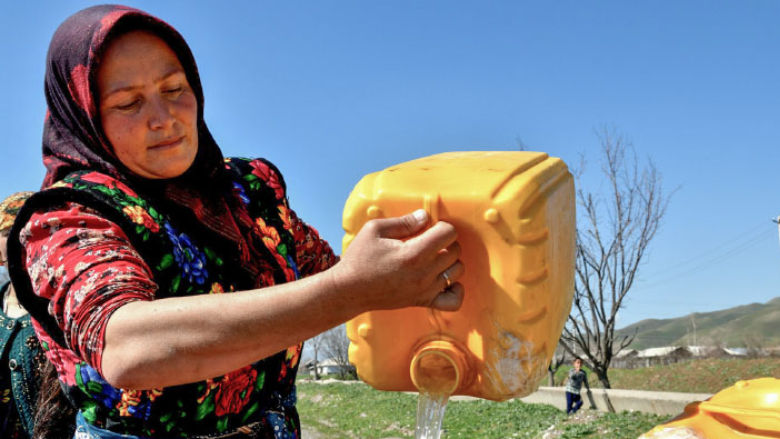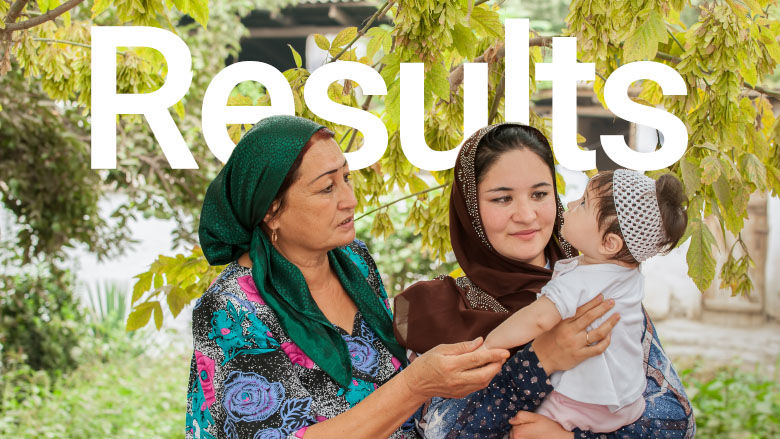Country Context
TAJIKISTAN | 2024 |
Population, million | 10.6 |
GDP, current $ billion | 14.2 |
GDP per capita, current $ | 1,340.6 |
Life Expectancy at Birth, years | 71.3 |
Over the last decade, Tajikistan experienced economic growth rate averaging above 7.1%. The economy grew by 8.4 % in 2024, driven by remittance inflows. Strong growth, higher wages, and international remittances helped reduce the number of people living in poverty from 32% of population in 2009 to an estimated 9.1% in 2024 (at the international poverty line of $3.65 a day). By national standards for poverty measurement, 20.4% of the population were living in poverty in 2023.
Despite significant progress, Tajikistan remains vulnerable to external shocks due to its dependency on remittances, an undiversified economy, and high risk of debt distress. Remittances amounted to about 49% of GDP in 2024, driving private consumption and financing imports.
Tajikistan has enormous growth potential due to a young and growing population as well as its potential in sectors like agriculture and food processing, water and hydropower, mineral resources, and tourism The Government of Tajikistan has set an ambitious target—to more than double or triple domestic incomes between 2016 and 2030—which will require a new growth model centered around a dynamic private sector. Boosting growth and jobs requires structural reforms, improved competition, investment climate, and access to finance, energy sector efficiency, trade, transport and digital connectivity, and human capital development.



